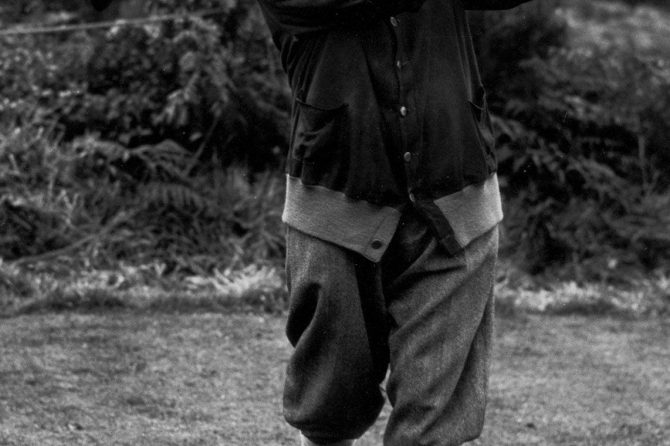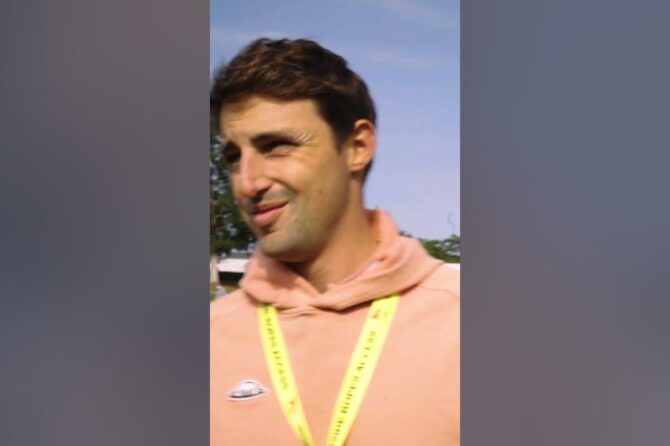Exploring Identity and Representation: A Critical Examination of Viktor Hovland’s Online Presence
In a rapidly evolving digital landscape, social media has become a ubiquitous platform for athletes to connect with their fans and build their personal brands. The intersection of sports, identity, and representation is a particularly fascinating area of study, as athletes navigate the complexities of presenting themselves to the world through online platforms. This blog post will critically examine the online presence of Viktor Hovland, a rising star in the world of professional golf, to explore how he constructs his identity and represents himself as a Norwegian golfer on the global stage.
Through an analysis of Hovland’s social media profiles, interviews, and public appearances, this blog post will examine how he uses these platforms to share his experiences, engage with fans, and promote his sponsors. By considering the ways in which Hovland’s online presence reflects his personal values, cultural background, and professional ambitions, this analysis will contribute to a broader understanding of the dynamics of identity and representation in the era of social media.
– The Impact of College Athletics on Career Trajectories
The Impact of College Athletics on Career Trajectories
Viktor Hovland’s journey from young Norwegian golfer to rising PGA Tour star is a testament to the power of college athletics to shape career trajectories. Hovland’s time at Oklahoma State University not only honed his golfing skills but also played a pivotal role in his personal and professional development.
As a student-athlete, Hovland experienced the unique camaraderie of a close-knit team while also learning the importance of discipline, time management, and resilience. These qualities proved invaluable as he transitioned to the professional ranks, where he has quickly established himself as one of the game’s most promising talents. Hovland’s story is not unique. Countless other student-athletes have used college athletics as a springboard to successful careers both on and off the field.
– Personal Transformation and Defining Moments
Personal Transformation and Defining Moments
Viktor Hovland’s path to becoming a professional golfer was not a straightforward one. Growing up in Norway, he always aspired to be the best but never considered himself good enough to turn professional out of high school. It was his move to Oklahoma State University that provided him with opportunities to compete at a higher level, attracting the attention of the PGA Tour.
However, it was his victory in the 2018 U.S. Amateur that marked a turning point in Hovland’s career. It gave him access to play in several PGA Tour events, where he consistently made the cut and displayed his incredible consistency. The realization that he could compete at the highest level despite not feeling he was playing his best gave him confidence that he could succeed as a professional.
- The Cultural Significance of Identity and Representation
The Cultural Significance of Identity and Representation
Cultural Identity and Its Representation
Victor Hovland’s identity as a professional golfer serves as a potent cultural signifier, embodying the aspirations and dreams of his native Norway. The country’s relatively small population and limited golfing tradition render Hovland’s success an extraordinary event. His achievements on the global stage not only highlight his personal talents but also reflect the growing recognition of Norway’s potential in the sport.
The Power of Representation
Through his social media presence, Hovland has become a role model for aspiring golfers in his home country and beyond. His prolific use of platforms like Instagram and Twitter enables him to forge a direct connection with his fans, offering insights into his training regimen, personal life, and the challenges he faces as a professional. This accessible and inspirational portrayal enriches the cultural narrative of Norway, serving as a testament to the country’s growing prominence in the international golf landscape.
– The Role of Community and Support in Personal Growth
Impact of Community on Personal Growth
The role of community in fostering personal growth is paramount, as can be observed in the journey of golfer Viktor Hovland. Leaving his familiar surroundings in Norway, he found support and guidance at Oklahoma State University, where coach Bratton recognized his potential and provided valuable insights. Hovland’s success in college, including winning the U.S. Amateur, motivated him to pursue a professional career.
Moreover, Hovland’s transition to the PGA Tour was marked by a newfound sense of support from the golfing community. Despite initially missing the cut, he persisted with determination, motivated by the positive feedback and encouragement received from fellow golfers and coaches. His unwavering self-belief and the support of his Oklahoma State golfing fraternity played a pivotal role in shaping his journey as a professional golfer.
Outro
In the YouTube video “Exploring Identity and Representation: A Critical Examination of Viktor Hovland’s Online Presence,” we delve into the complex interplay between identity, representation, and social media in the context of professional golf. Through an analysis of Hovland’s online presence, we explore how athletes navigate the challenges of maintaining authenticity while building a personal brand. We examine the ways in which social media platforms shape the construction and consumption of athlete identities, and we discuss the implications for the relationship between athletes and their fans. By understanding the dynamics of online representation, we gain insights into the social and cultural forces that influence the construction of athletic identity in the digital age.





